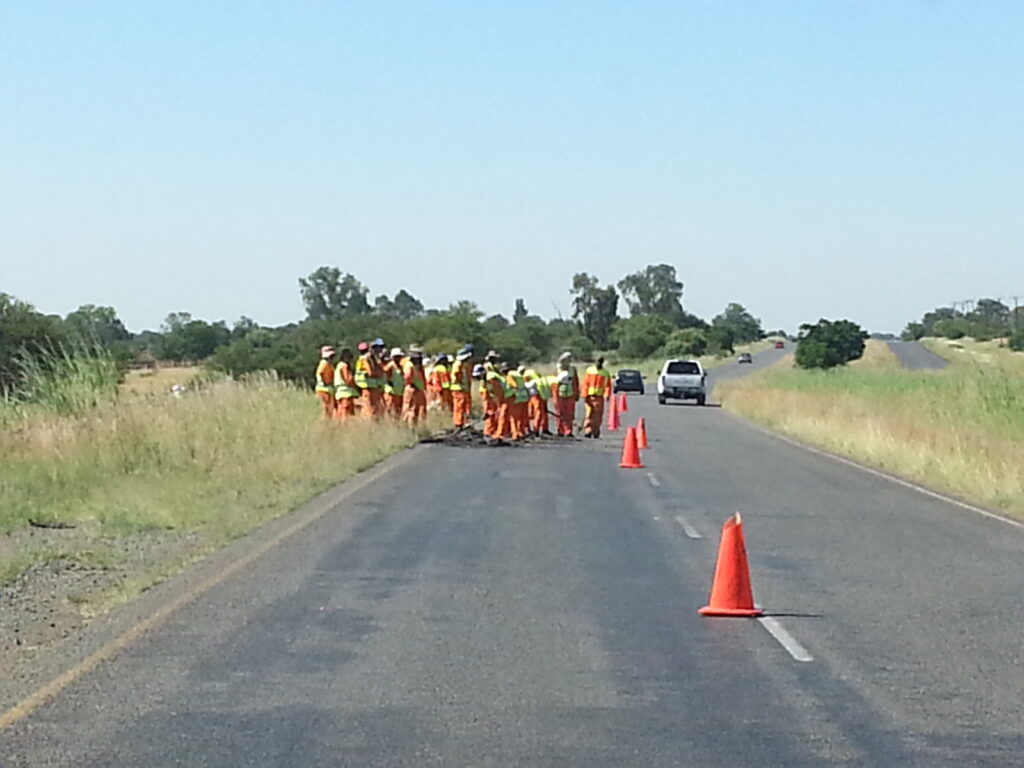South Africa has a road network of approximately 750 000 km. Although a road’s lifespan ultimately depends on the frequency of use and the type of traffic using it, tarred roads are typically laid to last around 20 years.
Peter Olyott, CEO at Indwe Risk Services, says: “Although many of our national roads are in reasonable condition, South Africa’s municipal roads, and some of the secondary provincial roads in some provinces, are unfortunately in poor shape. This poses serious risks to drivers and, as a result, we’re still seeing a steady increase in pothole-related insurance claims.”
Government taking action – what to expect and how to help
In early August 2022, transport minister Fikile Mbalula announced the launch of “Operation Vala Zonke”, a government-driven program intended to address the country’s pothole and road maintenance challenges. Addressing the press, Mbalula stated the following:
– South Africa’s road infrastructure maintenance backlog is approximately R200bn
– Shortage of skills and lack of funding continues to hinder the sector
– 40% of the provincial network has reached the end of its lifespan
– 80% of national roads are now older than their intended 20-year lifespan
Directly translated to mean “close all”, Operation Vala Zonke is spearheaded by the South African National Roads Agency (SANRAL) and will encompass resealing, blacktop patching, pothole repair, and maintenance of gravel roads. The 16-month campaign was launched officially on 9 August 2022 in Vanderbijlpark, Gauteng.
Alongside on-the-ground efforts to repair roads, the project is supported by the introduction of a new web app that allows the public to report potholes directly to SANRAL. App users will be able to upload images, record details, and use an interactive map to navigate reports and receive status updates.
“SANRAL is one organisation. They can’t physically be everywhere,” says Olyott. “However, we as the public can help by making use of the app to alert SANRAL of potholes and road deterioration wherever we encounter such conditions.”
What should you do if you hit a pothole?
Olyott advises drivers to continue to use caution when traveling by road – especially at dusk, dawn, and at night when visibility is limited. It’s also advisable to avoid particularly potholed routes frequented by haulage carrier businesses moving loads across the country – popular apps can provide warnings to road users.
“In the event of hitting a pothole, there are measures drivers can take to respond appropriately, safely, and in line with the requirements of their vehicle insurance policy,” says Olyott. Such measures include:
– Find a safe place to pull over onto the shoulder or curb of the road
– As you drive, take note of the steering. Assess whether the vehicle is shuddering or pulling to one side, which may indicate an alignment issue
– Also, listen and feel for any impact on your vehicle suspension
– Once safely parked, check for any visible signs of damage to the exterior and underneath of your vehicle
– Call for emergency or roadside assistance and remain alert for your personal safety
To make an insurance claim, you’ll be required to record the details of the incident and attach the following when you submit your claim form:
– A police affidavit
– Copy of claimant’s driver’s license (in case of vehicle damage)
– Vehicle registration documents (in case of vehicle damage)
– Copy of ID
– Photos of the pothole/trench/manhole/object that damaged your car
– Invoice/proof of payment, if applicable
Olyott encourages drivers to make use of SANRAL’s new pothole app, to help fast-track the government’s initiatives: “Potholes impact all road users. Working together, we can all support efforts to adequately upgrade, repair, and maintain South Africa’s roads – for safer roads, both now and for years to come.”
